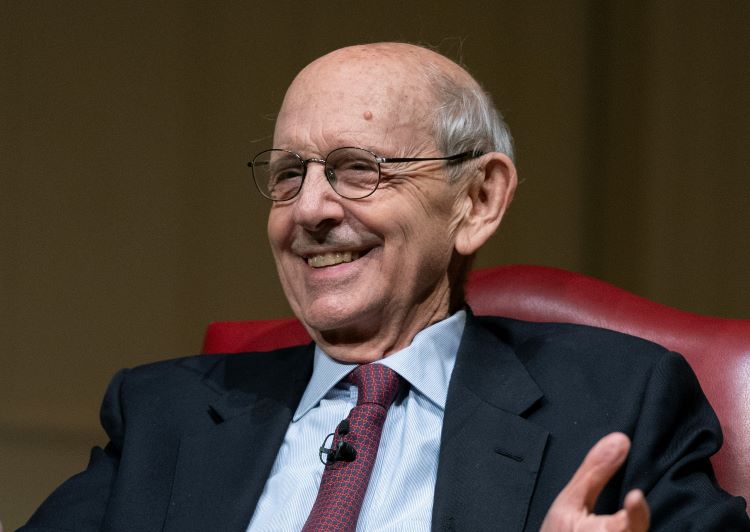Judge OKs Use of Predictive Coding to Cut E-Discovery Document Review Group from 2 Million to 5,000
A computer technique that can be used to drastically reduce the number of documents that must be reviewed by humans in litigation discovery has been OK’d by a Virginia judge despite opposition from the opposing party.
Partner Thomas Gricks III of Schnader Harrison Segal & Lewis argued the contested motion in April, contending that predictive coding is not only less expensive but more accurate, reports the Pittsburgh Post-Gazette. Gricks, who chairs the firm’s e-discovery practice group, is defending Dulles Jet Center in the Loudoun County matter, which involves 10 plaintiff suits over the collapse of a set of jet hangars during a 2010 snowstorm.
Jones Day argued against the use of predictive coding, saying that human review does a better job.
The predictive coding goes beyond keyword searching of documents, applying an analytic searching model to identify documents that incorporate key concepts. The smaller pool of identified documents is then reviewed by a human legal team.
An e-discovery 2.0 post provides additional details about the April 23 order by Circuit Court Judge James H. Chamblin. It may be the first in Virginia to approve the use of the predictive coding technique.
Related coverage:
ABA Journal: “A New View of Review: Predictive Coding Vows to Cut E-Discovery Drudgery”
ABA Journal: “Still Searching: Computers Change the Role of Lawyers in E-Discovery”
ABAJournal.com: “Is Judge Peck the First to Require a Predictive Coding Protocol for Automated Doc Review?”



